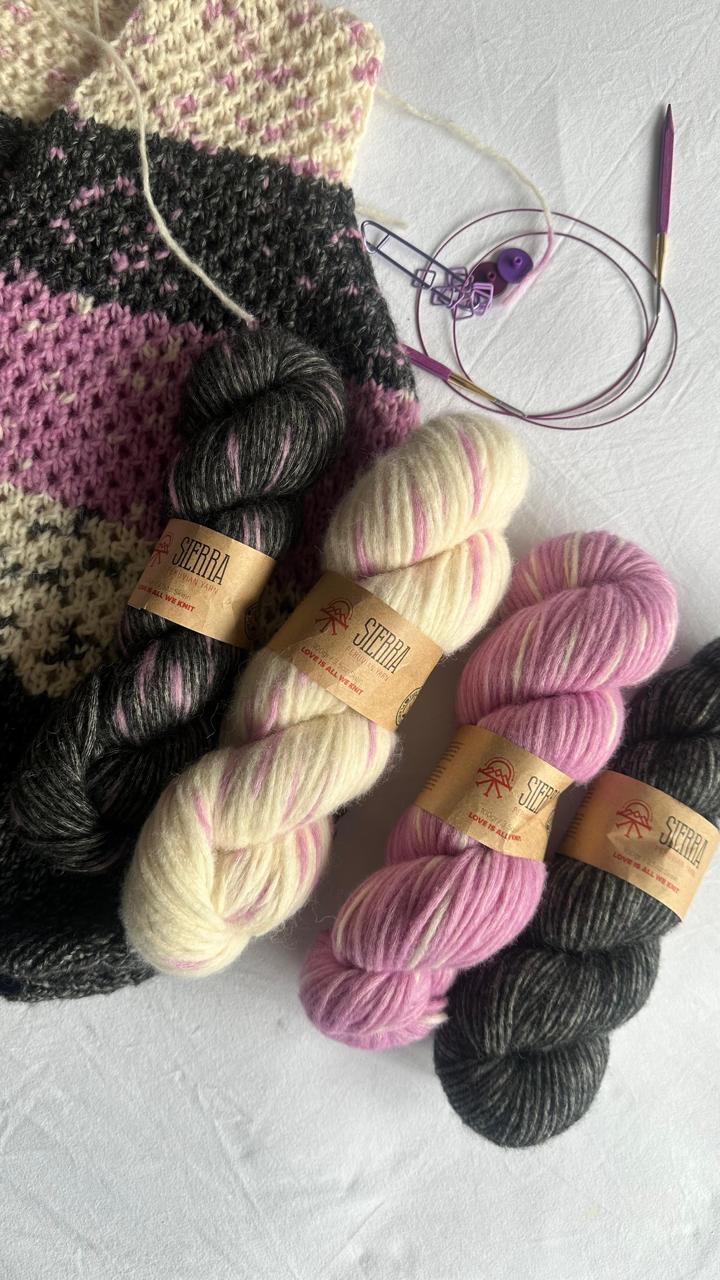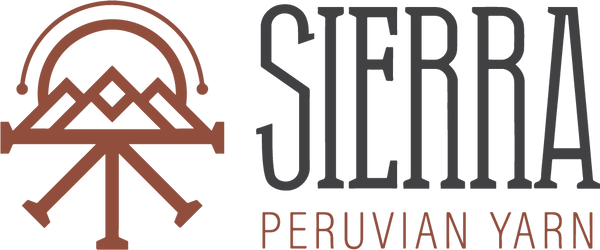Every knitter has been there — you cast on, work rows and rows of stitches, only to realize the sweater is way too big, or the hat is too tight. The culprit? Gauge.
Gauge is one of the most important (and often overlooked) parts of knitting. It’s the difference between a garment that fits perfectly and one that ends up at the bottom of your project basket.
In this post, we’ll explain what knitting gauge is, why it matters, and how to make sure you always get it right.
What Is Knitting Gauge?
Gauge refers to the number of stitches and rows per inch (or centimeter) in your knitting. It depends on:
- The size of your needles
- The yarn you use
-
Your personal tension (how tightly or loosely you knit)
Patterns usually include a “gauge swatch” that tells you exactly how many stitches and rows you should have in a 4x4 inch (10x10 cm) square.
Example: 18 stitches x 24 rows = 4” in stockinette stitch with size US 8 (5 mm) needles.
Why Gauge Is So Important
Getting the right gauge ensures your project will:
- Use the exact yarn weight recommended when possible.
- Fit correctly — especially crucial for garments like sweaters or vests.
-
Match the designer’s intent — the drape, shape, and look of the fabric depend on gauge.
Ignore it, and you could end up with a sweater two sizes too big… or a blanket that looks more like a dishcloth.
How to Measure Your Gauge
-
Knit a swatch: Cast on more stitches than the gauge recommends (usually 20–30).
-
Work in the stitch pattern: Use the same stitch the pattern specifies (often stockinette).
-
Measure flat: Lay the swatch on a flat surface without stretching.
-
Count stitches and rows over 4” (10 cm).
If your stitch count doesn’t match, adjust:
- Too few stitches = switch to a smaller needle.
- Too many stitches = switch to a larger needles
Tips to Get Gauge Right Every Time
- Always wash and block your swatch — yarn can relax after washing.
- Use the exact yarn weight recommended when possible.
- If substituting yarn, choose one with a similar fiber and construction.
-
Don’t skip the swatch! It may feel like extra work, but it saves hours of frustration later.
Final Thoughts
Knitting gauge might feel like a technical detail, but it’s really the foundation of every successful project. By taking a few minutes to swatch and measure, you’ll save yourself from wasted time, yarn, and disappointment — and ensure your finished sweater, vest, or blanket turns out exactly as you imagined.
👉 Ready to start a project that’s designed for success? Explore our knitting kits at Sierra Yarns — complete with carefully tested patterns and premium yarns that make getting gauge easier.


